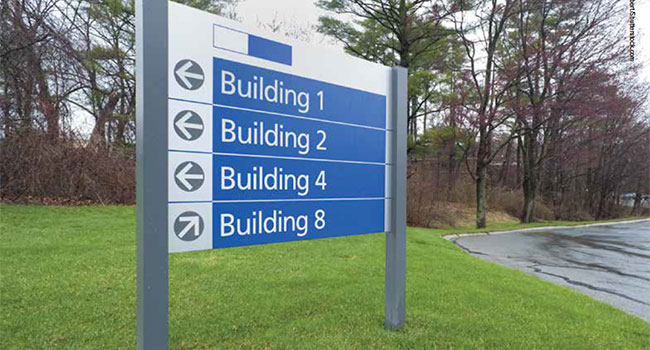
The Access Solution
Why multi-campus facilities are investing in centralized access control
- By Jeremy Saline
- Sep 01, 2019
Providing security, managing budgets, gaining efficiencies—
these are just a few of the many objectives that
facility managers have to balance at once. And for
organizations with multiple campuses, the challenges
can be even more significant. Whether a university system,
a commercial organization or a hospital network, multi-campus
facilities are looking for ways to improve outcomes at scale. Thanks
to technological advances and a growing move to centralized systems,
access control is proving to be a valuable solution for achieving the
many goals of multi-campus facility stakeholders. However, the path
to an centralized access control system is rarely without challenges.
Organizations of all types must be budget-conscious, and with finite
funds, access control doesn’t always make it to the top of the list.
If there is enough budget for access control, an integrated system is
passed over for a stopgap measure to address short-term needs.
This can be particularly problematic for multi-campus facilities
where existing infrastructure varies in age, type and quality. On university
campuses in a state-wide system, localized decision-making
could result in card readers that don’t communicate with other
campuses’ ID cards. In addition, aging infrastructure often includes
analog video equipment that can’t be merged with a main campus’
digitized system. At each location, there could be thousands of access
points and a host of technologies—from mechanical to wireless and
everything in between.
Moving to an integrated system can require an upfront investment
of time, finances and other resources. But the potential longterm
benefits and efficiencies these systems deliver can actually yield
an even greater return. For multi-campus organizations contemplating
an access control evolution, here are four benefits to consider.
Better resource management. Implementing a multi-campus access control system allows facilities to leverage their size for pricing.
Ultimately, a centralized system centralizes spend, providing a
holistic picture of the total cost of access control across locations.
Managers, buying committees and stakeholders can use this information
to evaluate where resources need to be allocated—are there
opportunities for infrastructure upgrades? Where can efficiencies
be gained, or systems streamlined? A clear picture of spend across
locations can drive cost-saving decision-making without sacrificing
performance.
Talent is prioritized. With a centralized access control system,
the roles and responsibilities of team members can be consolidated,
allowing personnel to be re-deployed to other priority projects
their talents can serve. For example, with centralized access control
that gives cross-campus line of sight, the task of monitoring the
function of card readers system-wide can be handled by one team
out of one location rather than by separate teams at each campus.
This frees up staff to focus on preventive maintenance and other
security priorities.
A seamless experience for users and operators alike. Another key
benefit is that centralized access control enables facilities to deliver a
consistent user experience and address the growing complexities of
today’s environments, all without creating additional back-end challenges.
More specifically, it provides flexibility to operate multiple
technologies with varying system topographies. On the main campus
of a university, student housing may require Wi-Fi electronic locks
for every residence hall room door. But student housing at a sister
campus could select locks that use local wireless communication with
a hub that connects to an access control panel. With a centralized
system, a university can easily install multiple types of technology—
in this case, card readers and electronic locks—that can work with
varying power sources and infrastructures without negatively affecting
the experience of students and staff accessing the spaces.
Identify opportunities to improve. When multi-campus facilities
harmonize access control systems, it allows them to identify patterns
at scale and learn from issues across locations. For example, data can
show the times users are accessing certain facilities most, which can
be used to inform onsite security staffing needs or to adjust the level
of access to restricted buildings during peak hours. In the event that
a theft occurs on one campus, all campuses across the organization
can use insights from the incident to identify and improve potential
weaknesses and prevent similar attacks.
Moving to a centralized access control system can seem daunting,
but there are several valid reasons to do it. These integrated systems allow
facility managers to achieve economies of scale,
free up personnel to focus on new priorities and identify
opportunities for improvement—all of which
drive long-term efficiencies and improved outcomes
that make the move a worthwhile investment.
This article originally appeared in the September 2019 issue of Security Today.